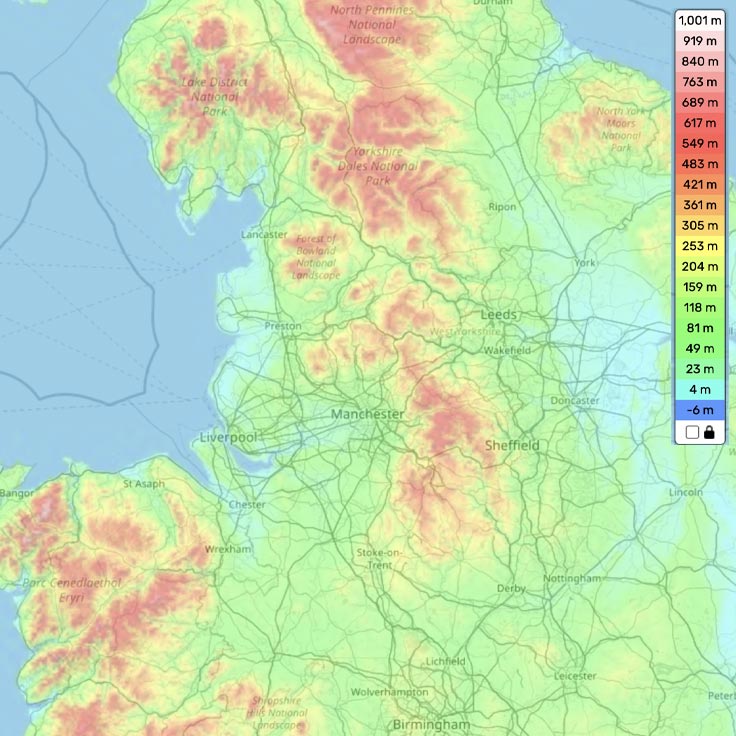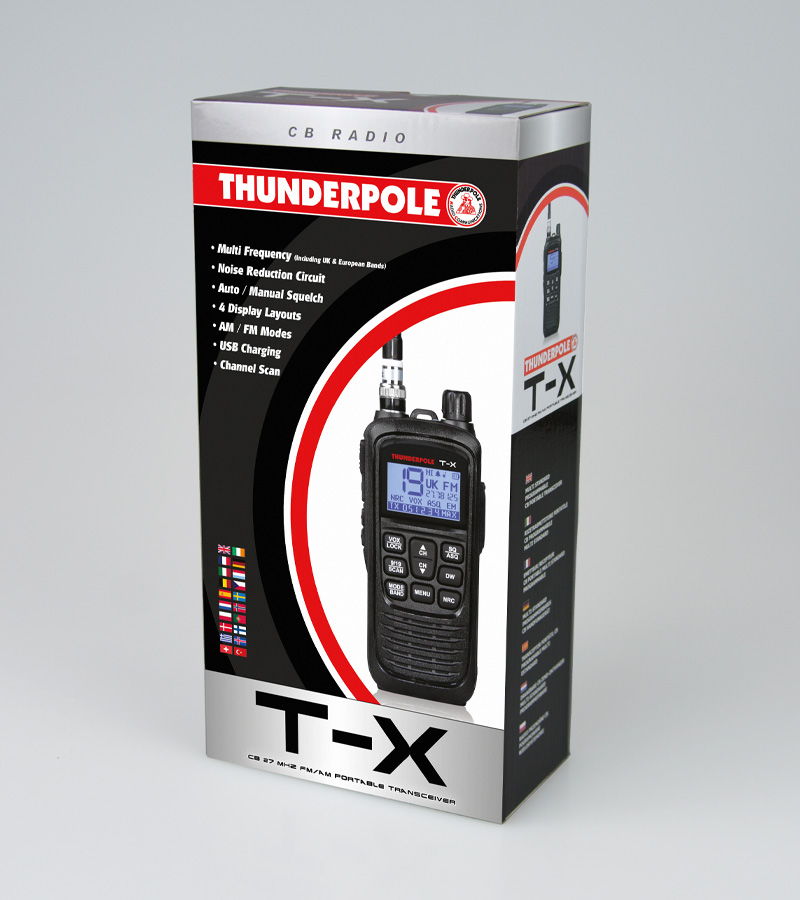Tuning Into the Terrain: How Topography Tinkers with Our Radio Conversations

Navigating the Airwaves
If you've ever been baffled by your CB Radio's sudden silence or noticed your chatter getting choppy, you're experiencing firsthand how our diverse British landscape loves to toy with radio signals. In this post, we'll explore how topography affects radio communications.
Topography plays a significant role in the performance of CB Radio communication. The effectiveness of CB Radio largely depends on line-of-sight transmission, meaning that the signal travels in a straight line from the transmitter to the receiver. However, topographical features like hills, mountains, valleys, and buildings can obstruct or reflect these signals, affecting their range and clarity. Here's how different topographical elements impact CB Radio performance:
- Mountains and Hills: These can block radio waves, leading to reduced signal strength or complete signal loss behind them. However, if you are on top of a hill or mountain, you might achieve a greater range since the radio waves can travel farther without obstructions.
- Valleys: If you're in a deep valley, the surrounding terrain can block signals from reaching your radio. Conversely, if a transmitter is located at a higher elevation, such as a mountain top, it can cover a large area within the valley.
- Buildings and Urban Areas: In urban environments, buildings can reflect and absorb radio waves, creating a phenomenon known as multipath interference, where signals take multiple paths to reach the receiver. This can cause signal fading and reduce the clarity of communication.
- Forests and Vegetation: Dense vegetation can absorb radio waves, reducing signal strength. The impact is more pronounced at higher frequencies, but CB radio, which operates at 27 MHz, can also be affected, especially in thick forests.
- Water Bodies: Water surfaces can reflect radio waves. If you're near a large body of water, this can either enhance or interfere with your signal, depending on the angle of incidence and the position of the transmitter and receiver.
Optimising CB Radio performance involves understanding these topographical influences and positioning your radio equipment accordingly. For instance, placing antennas at higher elevations can improve line-of-sight transmission, and ensuring clear paths free of obstructions can enhance signal reach and clarity.
By embracing and adapting to these topographical influences, we can improve our communication capabilities. So, the next time you find yourself puzzled by a reception anomaly or a sudden drop in communication clarity, consider the role our diverse British landscape is playing in your radio signal.
UK radio line of sight surface elevation profile generator:
https://radioreferenceuk.co.uk/losmap.php
View your local terrain:
https://en-gb.topographic-map.com/map-kb57/England/





